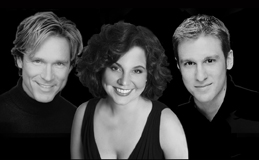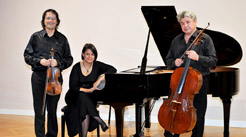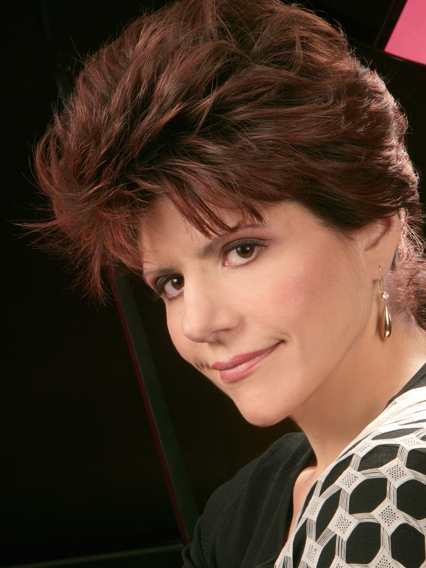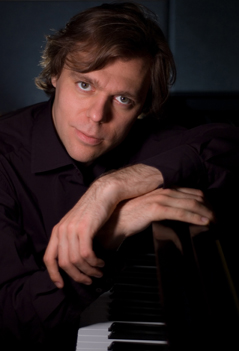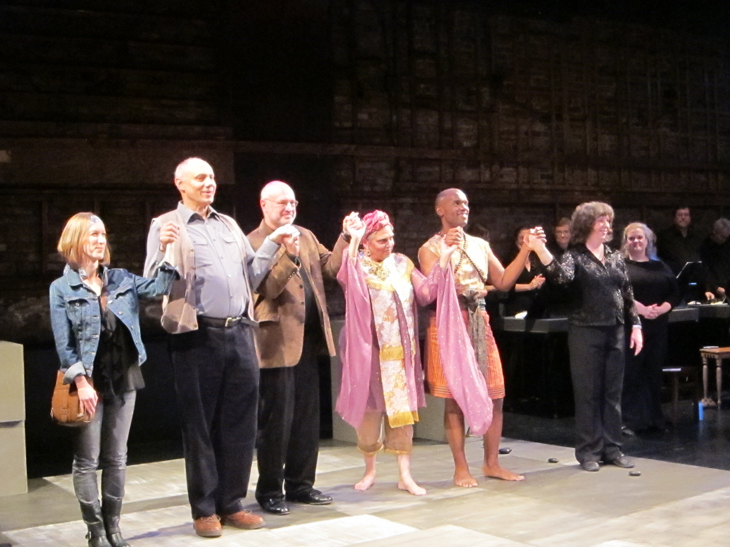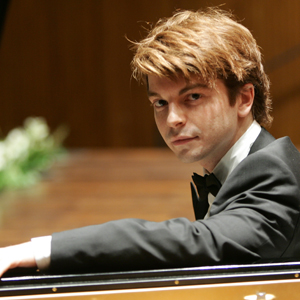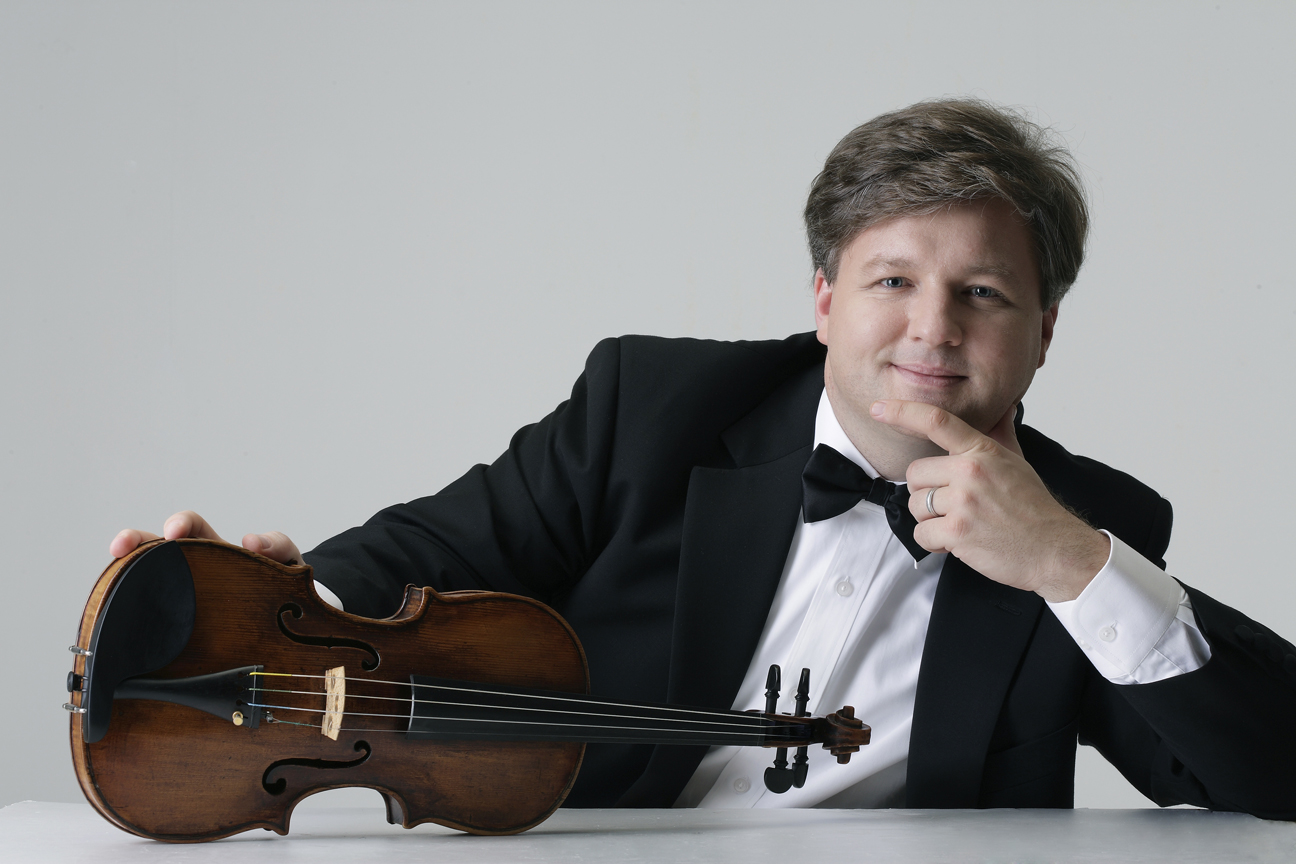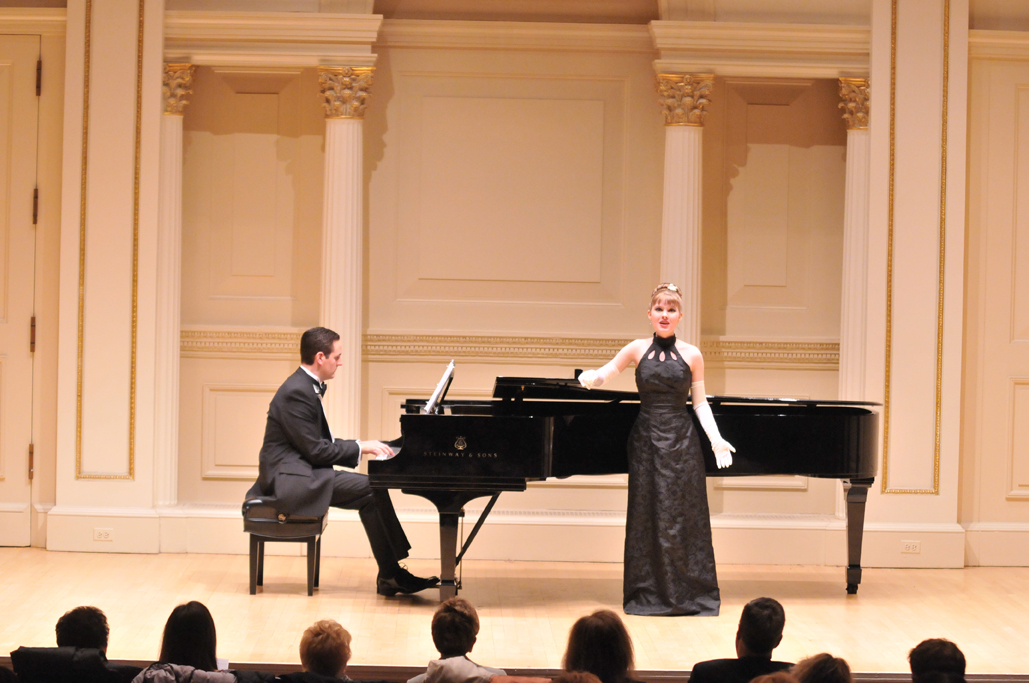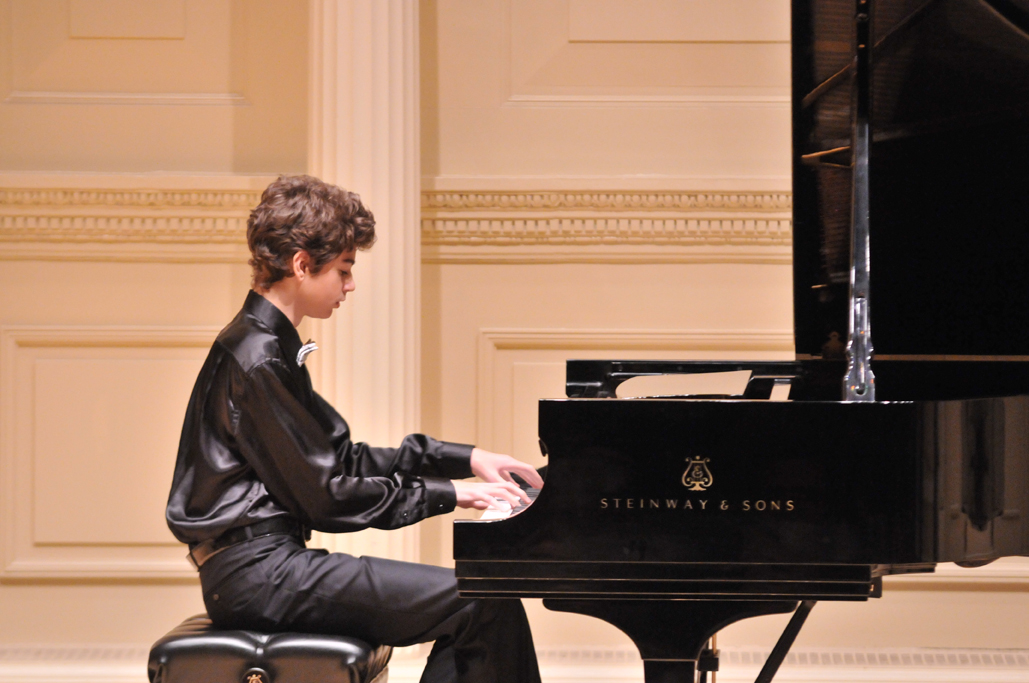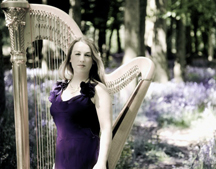In a most delectable concert, the Mirror Visions Ensemble presented an evening of music as it relates to cuisine. The program opened with soprano Vira Slywotzky, tenor Scott Murphree and baritone Jesse Blumberg appearing from behind the audience and walking down the aisles—a lovely touch—sentimentally and endearingly singing Cole Porter’s “Come to the Supermarket in Old Peking.” The vocal trio sang beautifully in tune and with great unity of humor.
After the Porter, the trio rotated in a series of solo numbers. The composer Christopher Berg was present for his “Carrot Jingle”—lyrics by Joan Van Poznak—and he could not have received a better performance by Scott Murphree. The trio reconvened for a performance of “Bread” from “The Baker’s Wife” by Stephen Schwartz. They were stellar once again, as the exaggerated diction at the ends of words like ‘bread’ brought great character and clarity to the song, and the heavenly falsetto chord at the finish was perfectly on pitch.
Other highlights included a sassy reading of “Riesling d’Alsace at the Brasserie” by Yehudi Wyner and Bernstein’s “Rabbit at Top Speed”, sang with polish and commitment by Murphree and Blumberg. Slywotsky’s interpretation of “Daliah’s Soup”—with charming music by Martin Hennessy and lyrics by a New York City School student—combined to make a memorable performance.
It was smart to exclude an intermission, as there would be limitations to a full program about food. The length was just right. Richard Pearson Thomas’ “Tuna Supreme” was fun—if somewhat repetitious with regards to text, and his larger work “Know thy Farmer,” which received its world premiere, was a great success. Here, to add some needed variety to the evening, Thomas added a trio of instrumentalists to the trio of vocalists: violinist Harumi Rhodes and cellist Alberto Parrini (along with Thomas himself on piano). The music was well-played and well-balanced, as the piano trio stayed sotto voce and emerged only when they needed to. There were Brahmsian/ Neo-Romantic touches in the “Passacaglia and Chorale: Pasture”, and complex and exciting fugal passages in the finale: Clean Plates Don’t Lie”—and other moments of sincere expression or excitement that didn’t always go with the partly mundane, simple text—but therein lies some of this work’s humor; some selections were from menu listings, after all.
The audience came out in droves for this terrific concert by The Mirror Visions Ensemble, and everyone seemed to leave the hall happy… and hungry.

